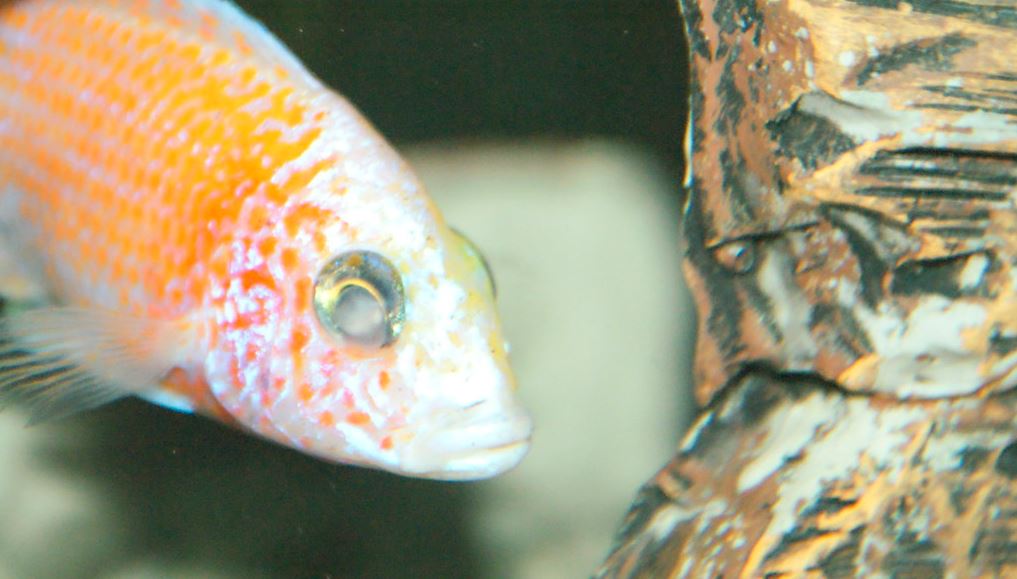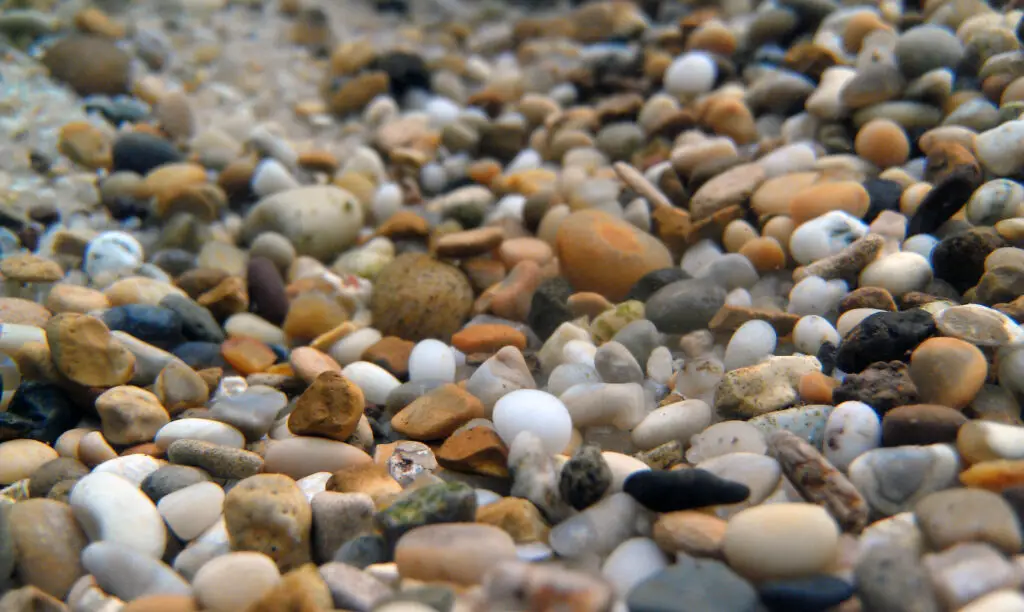What Can Cause Cichlids to Have Cloudy Eyes?
As beautiful and relatively low-maintenance fish, cichlids are great additions to aquariums. However, like all types of fish, they can also develop ailments, with a symptom being cloudy eyes.
Cloudy eyes in cichlids are typically signs of them having a disease or an infection. Cichlids can develop such ailments due to living in dirty or poor-quality water conditions. It is also possible for cichlids to develop cloudy eyes due to physical injury or a poor diet.
Now that we know a few reasons why cichlids get cloudy eyes, we should learn about how to prevent such issues in the future and how to treat cloudy eyes. To help you, let’s look at cichlids and the cloudy eye symptom in detail.
Introduction to Cichlids
To learn about why cichlids have certain conditions, such as cloudy eyes, we should first learn about cichlids in general. Cichlids are mostly freshwater fishes that typically grow no more than 12 inches in length. Since there are several species of cichlids, they can be either carnivorous or vegetarian.
Certain species of cichlids are suitable as aquarium fishes. One species of cichlid that is incredibly popular is the firemouth. As in the name, it has a bright red color on its mouth, throat, and chest. Another popular cichlid is the Jack Dempsey. The Jack Dempsey is relatively large and has blue-green sports. Both species can develop cloudy eyes.
What Is the Cause of Cloudy Eye?
There are four leading causes of cloudy eyes in cichlids. One is the quality (or lack thereof) of their living conditions. If you don’t clean the aquarium for your cichlids properly, they can become exposed to bacteria and develop cloudy eyes.
Another cause of cloudy eyes is parasitic infections. There is a particular condition called ich that cichlids may develop, and the main symptom of ich in cichlids is white spots. The white spots are parasites and can make your cichlids feel and act sick. Another symptom of ich is cloudy eyes.
Cichlids can also develop cloudy eyes due to a physical injury since trauma to the eyes can cause them to become cloudy. Ensure that you handle the cichlids with care to avoid damage and provide treatment to your cichlids if they do receive injuries. Sometimes they can even receive an injury due to fighting amongst themselves.
Lastly, one more common cause of cloudy eyes in cichlids is having a poor diet. Cichlids are not too picky with the type of fish food they receive. However, you should feed them correctly so that they can maintain a healthy diet. If you do not feed your cichlids well or if their food lacks nutrients, they can become unhealthy and develop cloudy eyes.
How Do You Treat Cloudy Eyes in Cichlids?
If you suspect that there may be something wrong with your cichlids, such as having cloudy eyes, the best and most effective solution would be to see a veterinarian. Not only do they have the qualifications to treat animals, but they can also give your cichlids proper treatment. Furthermore, veterinarians can also give you concrete advice.
Without consulting the help of a veterinarian, if you think the cause of cloudy eyes may be due to the water condition, you should first fix the poor water quality. After improving the water quality, the next step is to wait for your cichlid’s immune system to work and thus turn their eyes back to normal.
Another way to treat cloudy eyes is to use a strong antibiotic. To know which type of antibiotic would work best, ask a veterinarian for a prescription or a particular brand you can use. If you choose to go with the antibiotic, be careful not to miss a dose.
How to Prevent Cloudy Eyes in Cichlids?
There are over 1000 species of cichlids, and all of them are susceptible to diseases. To prevent your cichlids from developing cloudy eyes, you should take care to feed your cichlids properly and keep their tank clean.
Regular Cleaning
As we already know, one cause of cloudy eyes is poor water conditions. As such, one method of preventing your fish from developing cloudy eyes is to discourage the growth of bacteria in the water by regularly cleaning the tank. You can clean your tank by replacing 25% of the water during each cleaning session.
Instructions for Cleaning Your Tank
To clean your tank, unplug both the water filter and the heater. Remove any decorations and use a clean cloth to wipe the glass. Use a siphon to remove about a quarter of the water. The siphon should be able to remove any built-up dirt or debris. Next, rinse the filter pad using clean water and replace the cartridge.
After cleaning the filter pad, fill a clean container with the same amount of water you siphoned out initially. Slowly add the water to your tank and turn on the heater.
Does Melafix Work for Cloudy Eye?
Melafix is an antibacterial solution that aims to treat certain infections in fish, including cloudy eyes. It is a natural solution that should not hurt your fish once you add it to the water.
Effectiveness of Melafix
Many aquarium owners speak for the effectiveness of Melafix in treating their fish. With a lot of anecdotal evidence, it could be a good solution for treating cloudy eyes in your cichlids. However, remember to consult a veterinarian as they can personally diagnose and treat animals on a case-by-case basis.
Using Melafix
To use Melafix, add around five milliliters of the solution for every ten gallons of water. To treat cloudy eyes in cichlids, add the solution every day for a whole week and then change around a quarter of the aquarium water as you usually would.
It is important to note that you may see more foam in the water after using Melafix, though as long as you apply the proper dose according to the size of the tank and make sure to change the water regularly, it should not cause any harm to your fish.
Conclusion
Overall, there are several reasons why your cichlid may develop cloudy eyes. It could be due to the water conditions, physical injury, parasites, and more. To prevent your cichlids from developing cloudy eyes, consider using some of the mentions above to stop the problem at its source.



